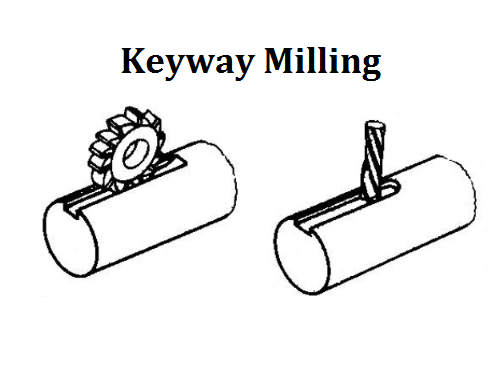Customers frequently inquire as to whether or not we are a manufacturer. Do you operate your own manufacturing facility? Do you machine it yourself, or does someone else do it? In point of fact, customers are primarily concerned with one thing: whether or not you are the source manufacturer of CNC machining Parts. This demand is shared among businesses that have a requirement for outsourced machining parts.
What does it mean to source a manufacturer for CNC machining parts?
The question that needs to be asked now is: Why do customers want to work with a CNC machining parts source manufacturer? Or, to put it another way, what are the benefits of using a CNC machining parts source manufacturer?
Some of the benefits of working with a CNC machining parts source manufacturer are listed below.
2. The CNC machining parts source manufacturer has a wealth of experience in the machining industry, as well as high machining accuracy, good product quality, and a high percentage of qualified shipments.
3. Customers are welcome to visit the factory at any time for guidance, and they are always kept apprised of the progress being made in the machining of parts.

4. A lot of CNC machining parts source manufacturers offer a one-stop service, which includes things like different surface treatments for products and some products that need to be assembled before they are shipped. Making a whole product in one factory can save customers both time and money by eliminating the need for additional sourcing.
5. A CNC machining parts source manufacturer is able to make product drawings and provide customers with helpful suggestions.
6. In the event that the parts have a problem with their quality, they can be immediately repaired or reworked in the factory, which will result in the customer saving both time and money.
Which Materials Are the Most Difficult to Machine, and Why?
The technology used for cutting metal in machining has undergone significant advancement in recent years; however, the efficiency of cutting in machining remains low for certain specialty materials that are more challenging to machine. The primary challenge that machining manufacturers are currently facing is figuring out how to improve cutting efficiency while simultaneously lowering processing costs.
Which Materials Are the Most Difficult to Machine, and Why?
The vigorous growth of industries such as aerospace, petroleum, chemical, weaponry, and atomic energy has led to an increase in the use of a variety of difficult-to-machine materials. These materials have also been widely used. The most representative of these are stainless steel, titanium alloys, and hardened steel, but there are many others.
1. Stainless steel
Stainless steel has an extremely broad range of applications; however, the material itself has a high degree of work hardening. During the cutting process, the material being processed will undergo plastic deformation. Due to the low thermal conductivity of the stainless steel, less heat is removed by the chips during the cutting process. As a result, the temperature at the cutting point rises, which results in a shorter life for the cutter.
Stainless steel has a high affinity, which means it is easy to cause chipping edge on the cutting edge and attachments on the flank surface. This leads to a reduction in the accuracy of the surface that has been processed.
2. Titanium alloy
The following characteristics contribute to the poor cutting workability of titanium alloy: low density, poor thermal conductivity, and difficulty in spreading cutting heat during cutting, which results in short tool life. A strong affinity can be found in titanium alloy. Because of its high chemical activity and its ease of contact with the metals that are in contact with it, it causes increased adhesion and diffusion, as well as wear on the tools. Because titanium alloys have a low elastic modulus and a large elastic deformation, the processed surface and the flank will be affected. Because of the large contact area of the surface, the wear is quite severe.
3. Hardened steel material
The primary characteristics include low plasticity and high thermal conductivity, in addition to a high degree of hardness and strength. Because the contact length between the chip and the rake face is short while cutting, the cutting force and cutting temperature are concentrated near the cutting edge. This makes it easy for the tool to wear down and chip while cutting.
